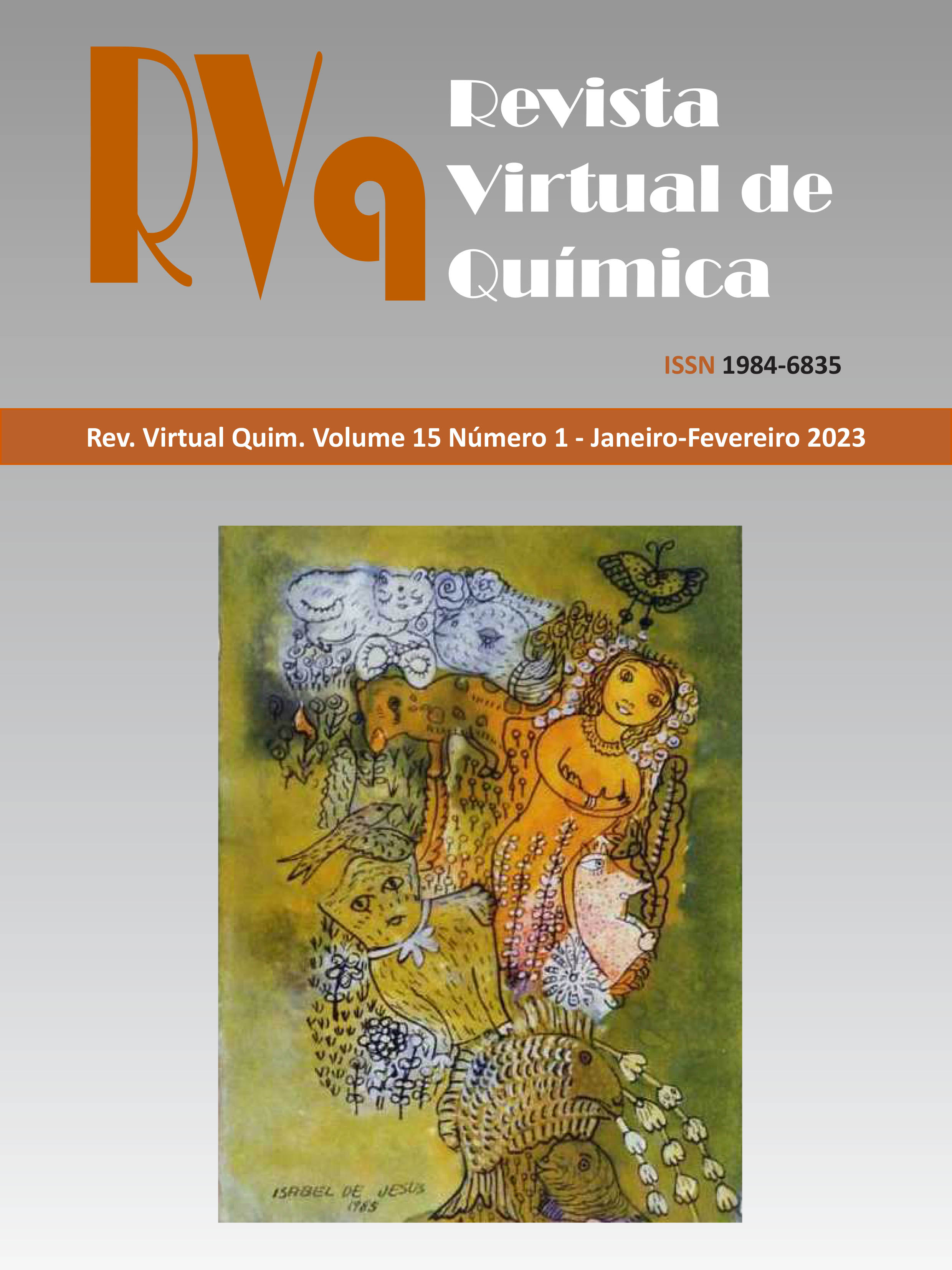Cellulose-Based Materials Crosslinked with Epichlorohydrin: A Mini Review
DOI:
https://doi.org/10.21577/1984-6835.20220071Resumo
Cellulose, the most abundant biopolymer worldwide, has received a great deal of attention by researchers in several different fields. Hydroxyl groups on cellulose chains can be chemically modified in order to improve physico-chemical properties enabling applications in different areas such as biomaterials for implants, removal of chemical components from water and hydrogels for the delivery of drugs and fertilizers. In this context, chemical crosslinkers may also bring advantages to cellulose-based materials and derivatives improving their thermal stability, surface area and swelling degree of hydrogels. Among many chemical crosslinkers, epichlorohydrin has been used in recent years to prepare materials based on cellulose and other biopolymers. Thus, here we aim to review recent works reporting cellulose-based materials crosslinked with epichlorohydrin in a comparative approach with other common agents such as glutaraldehyde and citric acid, their advantages and disadvantages as well as future prospects.
Downloads
Publicado
Edição
Seção
Licença
Copyright (c) 2023 Revista Virtual de Química

Este trabalho está licenciado sob uma licença Creative Commons Attribution-NonCommercial-NoDerivatives 4.0 International License.
Autores que publicam nesta revista concordam com os seguintes termos:
Os direitos autorais para artigos publicados nesta revista são do autor, com direitos de primeira publicação para a revista. Em virtude do acesso público, os artigos são de uso gratuito em aplicações educacionais e não-comerciais desde que com reconhecimento da autoria e da publicação nesta revista.

